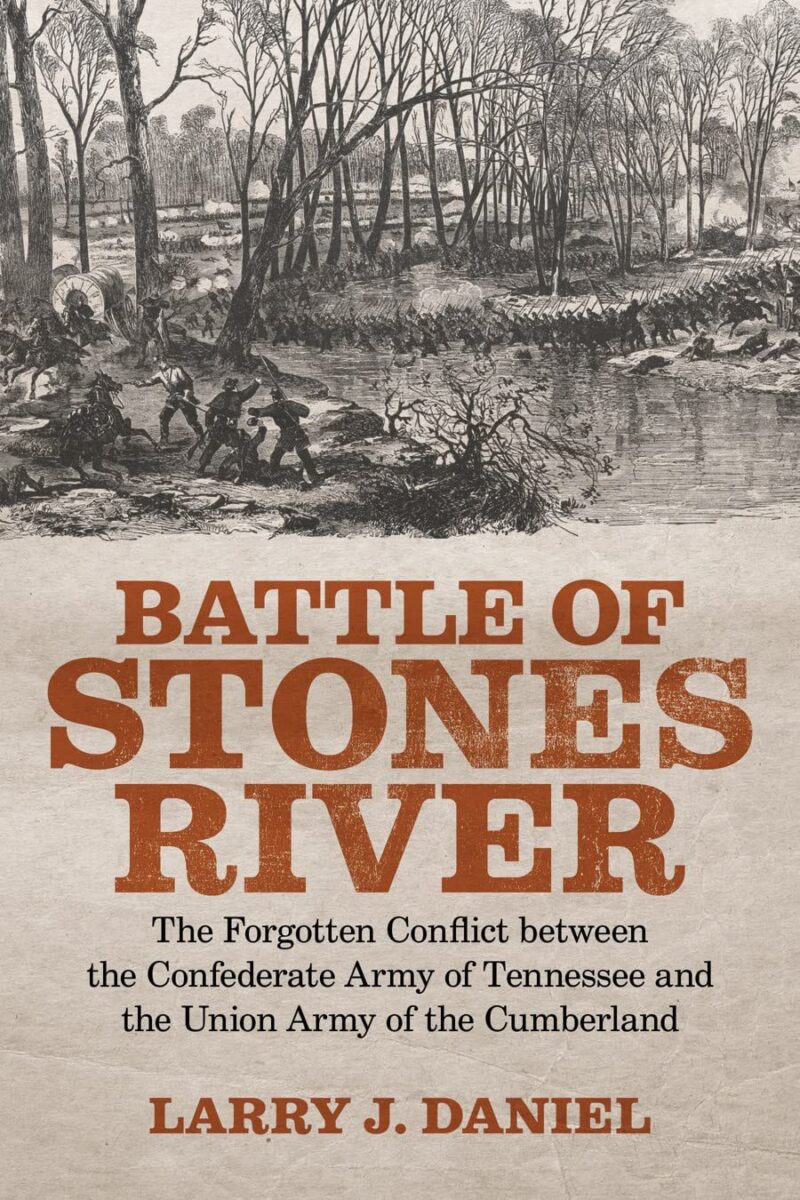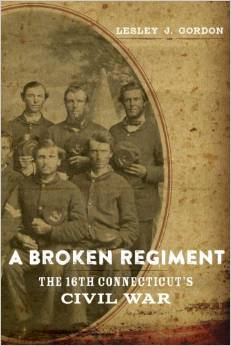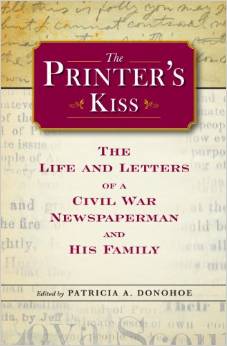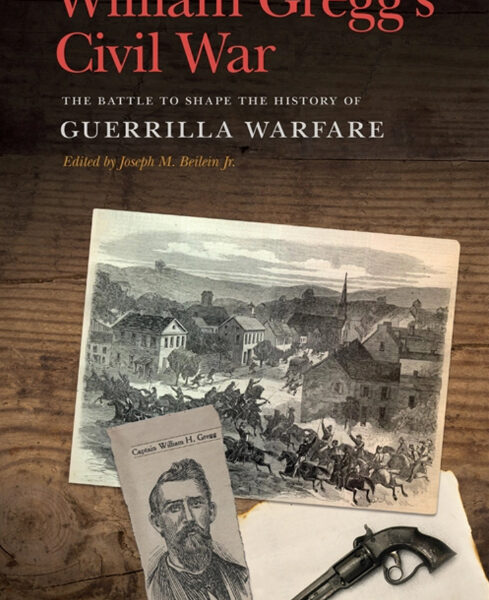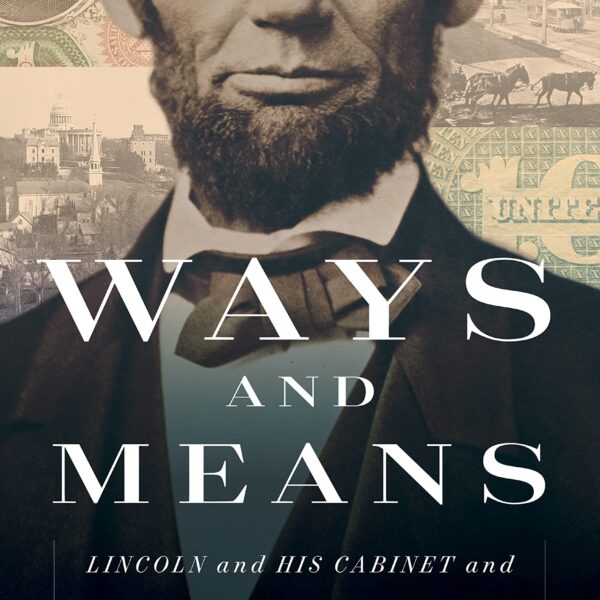On the first day of the Battle of Stones River, Federal troops struggled to push back a fierce Confederate assault. The bugler for an Ohio regiment was fleeing from the battle line when a staff officer ordered him back to his position. The distraught bugler replied: “I’ll die first. I’ve been there” (128). This bloody engagement in rural Tennessee loomed large in the minds of its participants but has long suffered from scholarly neglect.
The battle’s obscurity stems from several factors. It occurred in the wake of the momentous slaughter at Fredericksburg, Virginia, prompting many to view the Tennessee clash as a comparative footnote. The battlefield’s remoteness and the urban development marring it have also discouraged interest. Larry J. Daniel’s Battle of Stones River is only the third major scholarly account of its subject. The author melds a detailed narrative of the battle with an appreciation for its strategic and political implications, arguing that this Union victory in the winter of 1863 set the stage for the final triumph two years later.
Daniel’s story is driven by the erratic personalities and decisions of the army commanders. Much was at stake for Confederate General Braxton Bragg and his Union counterpart, Major General William S. Rosecrans. Bragg, smarting from his failed invasion of Kentucky, sought to rebound by driving Union forces out of Middle Tennessee. (Although the author points out that the campaign was actually the brainchild of Governor Isham G. Harris.) The book follows recent historiography in portraying Bragg in a more sympathetic light than did many of his contemporaries. The Bragg seen here is almost a tragic figure: a skilled general defeated by disloyal subordinates, the “double standard” of public opinion that saw him receive more criticism than Robert E. Lee did for similar errors, and his own abrasive temperament. The reader familiar with traditional images of Bragg may be surprised to read of his stirring speech to Louisianans attacking the Round Forest and his fit of weeping when forced to abandon wounded men. Yet Daniel sees much to criticize in the general, faulting his decision to attack at Stones River, his ill-advised battle plans, and his poor use of cavalry.
“As for Rosecrans,” the author notes, “he had to undermine the growing antiwar movement [in the North], undercut a ‘Tennessee argument’ for British intervention, and recoup Union morale after the stunning loss at the Battle of Fredericksburg” (xiii). The eccentric commander of the Army of the Cumberland comes in for equal measures of praise and criticism. “Old Rosy” was a dynamo during the desperate Union defense on the morning of December 31, inspiring the troops and keeping his deployments flexible. In a departure from other historians’ portrayals of Rosecrans, Daniel calls this “his finest hour. Later images at Chickamauga of a stuttering and indecisive commander simply do not stand here” (131). Daniel does, however, fault the Federal general for his inaction on January 1 and in the weeks following the battle. More than anything else, the lack of preparation for the enemy attack on December 31 stands as a serious failure of Union leadership.
Daniel’s concern for strategy and politics does not blind him to the common soldier’s perspective. Thanks to an exhaustive mining of primary sources, the battle narrative abounds with startling descriptions. The author quotes an Indiana soldier who calls “fifteen or twenty minutes” of terror at Stones River worse than hours of combat at the Battle of Shiloh (147). During the fighting on January 2, fearful Confederates throw themselves on the ground in front of the enemy, calling themselves unwilling draftees and pleading for mercy. Later, a Union colonel visits a field hospital and is appalled to see a “cord of amputated legs, arms, and feet, interspersed with slices of human flesh and lacerated by shells and cannon balls” (202). Daniel’s usually workman-like prose comes alive at such moments, melding his narrative voice with well-chosen quotations.
The author’s diligent research prompted him to revise some long-accepted notions of the campaign. Daniel engages with previous Stones River scholars, particularly Peter Cozzens, throughout the text and notes. He charges Rosecrans with revising his army’s strength downward, thus giving hapless future historians the impression that he and Bragg were evenly-matched. Actually, Rosecrans had about 12,000 more men available for battle than he claimed. Additionally, Daniel’s close descriptions of the battle’s tactics and geography—he notes which structures present at the time still exist today—indicate that he spent long hours walking the battlefield, period maps and accounts in hand. Although Cozzens and James Lee McDonough’s accounts are more engagingly written, Daniel’s book is probably the best to take on a trip to the battlefield (once the paperback is released).
The author is rather less successful when he attempts, in a sweeping final paragraph, to make large claims for the importance of the battle. There is no denying that Rosecrans’ victory gave the Union cause a much-needed boost. Yet Daniel probably overstretches himself in averring that the battle was crucial for the success of the Emancipation Proclamation and that it demonstrated how Northern resolve would win the day over Southern attrition. For one thing, the Army of the Cumberland’s triumph at Stones River was followed by its worst defeat at Chickamauga nine months later. What is more, the Northern antiwar movement did not recede but remained a potent threat long after the battle. Although the author takes a stand in the debate over where and when the Civil War was decided, he does not demonstrate that the tide turned at Stones River in the winter of 1863. Perhaps the battle’s ultimate significance really does lie in the horror and bloodshed that so frightened that Ohio bugler.
William D. Hickox is a Graduate Student in American History at the University of Kansas.
